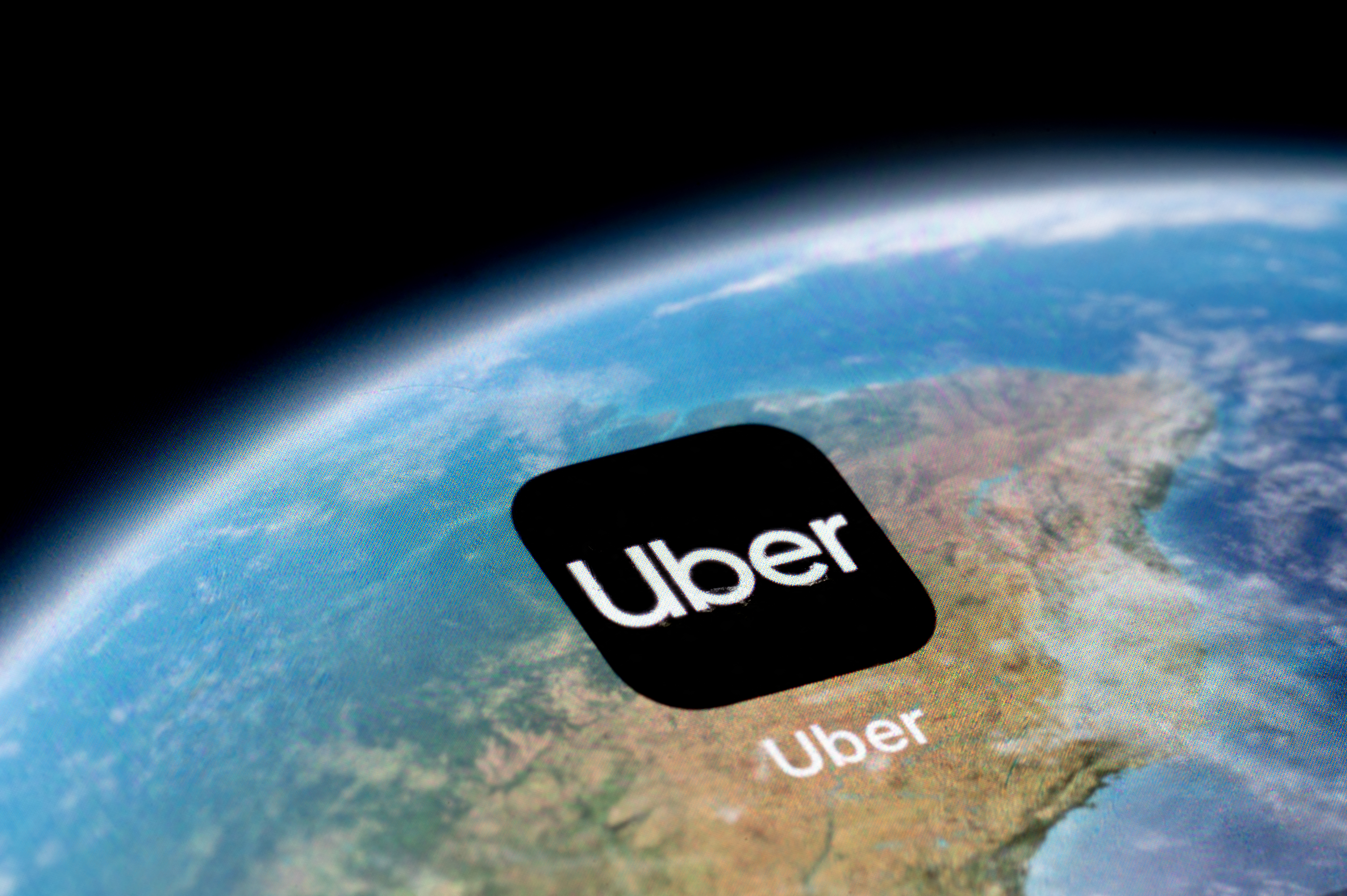Self-styled robotaxis by Uber, Lyft drivers raise security concerns

SAN FRANCISCO: A self-driving Tesla carrying a passenger for Uber rammed into an SUV at an intersection in suburban Las Vegas in April, an accident that sparked new concerns that a growing stable of self-styled “robotaxis” is exploiting a regulatory gray area in US cities, putting lives at risk.
Tesla CEO Elon Musk aims to show off plans for a robotaxi, or self-driving car used for ride-hailing services, on Oct. 10, and he has long contemplated a Tesla-run taxi network of autonomous vehicles owned by individuals. Do-it-yourself versions, however, are already proliferating, according to 11 ride-hail drivers who use Tesla’s Full Self-Driving (FSD) software. Many say the software, which costs $99 per month, has limitations, but that they use it because it helps reduce drivers’ stress and therefore allows them to work longer hours and earn more money.
Reuters is first to report about the Las Vegas accident and a related inquiry by federal safety officials, and of the broad use by ride-hail drivers of Tesla autonomous software.
While test versions of self-driving cabs with human backup drivers from robotaxi operators such as Alphabet’s Waymo and General Motors’ Cruise are heavily regulated, state and federal authorities say Tesla drivers alone are responsible for their vehicles, whether or not they use driver-assist software. Waymo and Cruise use test versions of software categorized as fully autonomous while Tesla FSD is categorized as a level requiring driver oversight. The other driver in the April 10 Las Vegas accident, who was taken to the hospital, was faulted for failing to yield the right of way, according to the police report. The Las Vegas Tesla driver, Justin Yoon, said on YouTube the Tesla software failed to slow his vehicle even after the SUV emerged from a blind spot created by another vehicle.
Yoon, who posts YouTube videos under the banner “Project Robotaxi,” was in the driver’s seat of his Tesla, hands off the wheel, when it entered the intersection in a suburban part of Las Vegas, according to footage from inside the car. The Tesla on FSD navigated the vehicle at 46 mph (74 kph) and did not initially register a sport-utility vehicle crossing the road in front of Yoon. At the last moment, Yoon took control and turned the car into a deflected hit, the footage shows.
“It’s not perfect, it’ll make mistakes, it will probably continue to make mistakes,” Yoon said in a post-crash video. Yoon and his passenger suffered minor injuries and the car was totaled, he said.
Yoon discussed using FSD with Reuters before he publicly posted videos of the accident but did not respond to requests for comment afterward. Tesla did not respond to requests for comment. Reuters was unable to reach the Uber passenger and other driver for comment.
Ride-hailing companies Uber and Lyft responded to questions about FSD by saying drivers are responsible for safety. Uber, which said it was in touch with the driver and passenger in the Las Vegas accident, cited its community guidelines: “Drivers are expected to maintain an environment that makes riders feel safe; even if driving practices don’t violate the law.”
Uber also cited instructions by Tesla which alert drivers who use FSD to have their hands on the wheel and be ready to take over at any moment. Lyft said: “Drivers agree that they will not engage in reckless behavior.”
Musk has grand plans for self-driving software based on the FSD product. The technology will serve as the foundation of the robotaxi product software, and Musk envisions creating a Tesla-run autonomous ride service using vehicles owned by his customers when they are not otherwise in use. But the drivers who spoke to Reuters also described critical shortcomings with the technology, including sudden unexplained acceleration and braking. Some have quit using it in complex situations such as airport pickups, navigating parking lots and construction zones.
“I do use it, but I’m not completely comfortable with it,” said Sergio Avedian, a ride-hail driver in Los Angeles and a senior contributor on “The Rideshare Guy” YouTube channel, an online community of ride-hailing drivers with nearly 200,000 subscribers. Avedian avoids using FSD while carrying passengers. Based on his conversations with fellow drivers on the channel, however, he estimates that 30 percent to 40 percent of Tesla ride-hail drivers across the US use FSD regularly. – Reuters
















